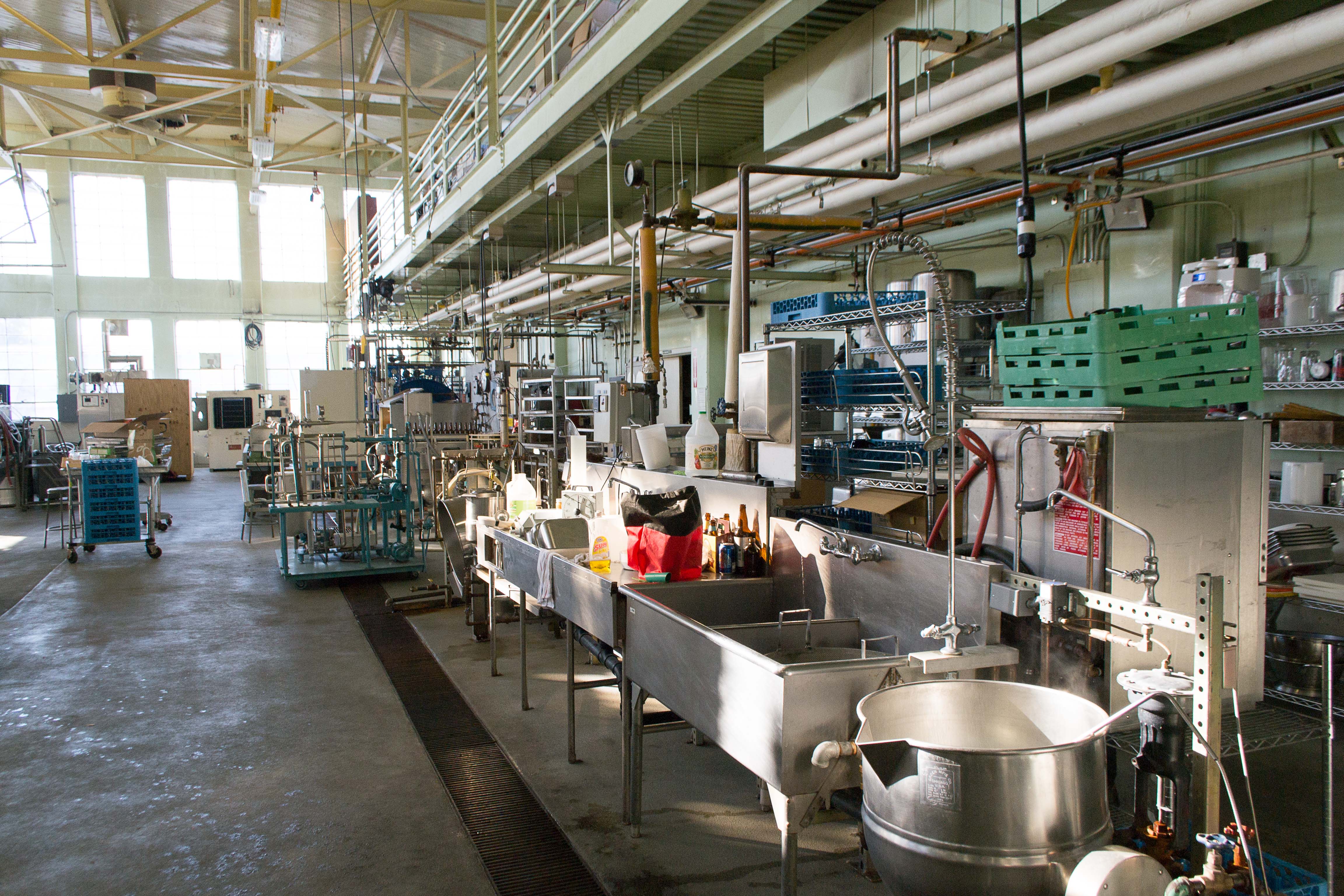
Photo from academic.microsoft.com
ABSTRACT Given that it should be aware of the nutritional benefits, resulting from the consumption of fresh fruits and vegetables consumed raw and/or minimally processed, comparing the efficacy of different… Click to show full abstract
ABSTRACT Given that it should be aware of the nutritional benefits, resulting from the consumption of fresh fruits and vegetables consumed raw and/or minimally processed, comparing the efficacy of different individual sanitizing methods against the major food-borne pathogens localized in fresh commodities is of much importance; these products are easily vulnerable to the microbial contamination. In this review, the current propensity of alternative sanitizing methods was introduced, as well as principal elements for deteriorating the cleaning effects were also discussed. Chlorine-based-sanitizers exhibited the microbial reduction of <1.12 log10 CFU/g on fruits and vegetables. Most of aqueous disinfectants showed ≤3.01 log10-redcutions against a variety of microorganisms inoculated on fresh commodities. Similarly, several physical technologies such as hydrostatic pressure and ultraviolet light were effective for reducing surviving bacterial cells could recover and grow rapidly during the whole processing, posing a potential risk of causing food-borne outbreaks associated with the fresh products. The invasion and subsequent localization of the organisms into the inner parts of products, interactions between the microbial cell and food-contacting surfaces, as well as development of biofilms could restrict the antimicrobial activity of the currently used approaches.
Journal Title: Critical Reviews in Food Science and Nutrition
Year Published: 2018
Link to full text (if available)
Share on Social Media: Sign Up to like & get
recommendations!